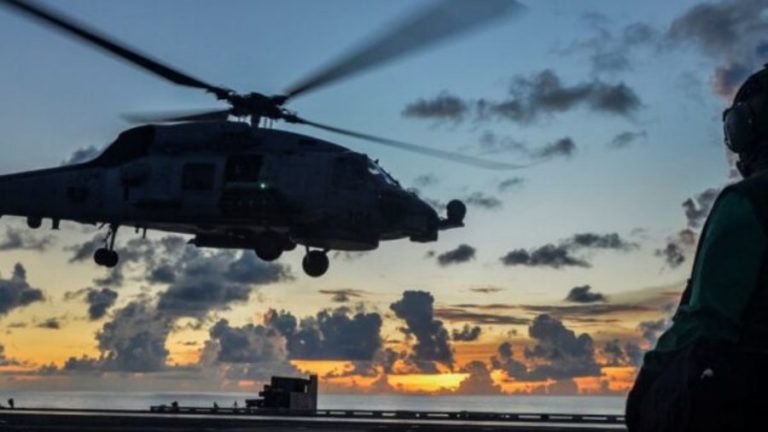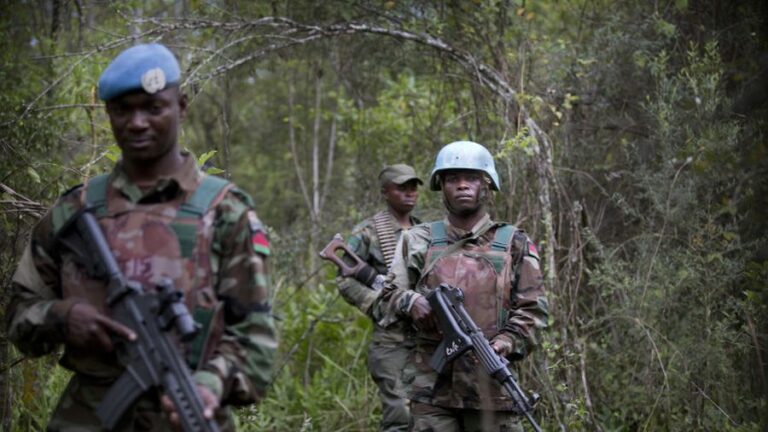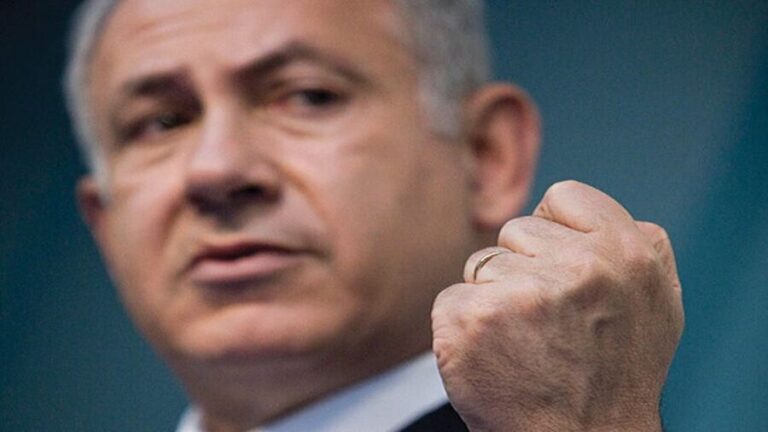The North-South Transport Corridor Is A Trans-Civilizational Integration Project
The NSTC represents the physical convergence of Russia’s southern-focused grand strategic plans of balancing the Iranian-Pakistani anchors of its Ummah Pivot in this particular part of the supercontinent with the Neo-NAM that it’s jointly pursuing with India. The trans-civilizational optics are immensely important since they speak to the fact that Huntington’s so-called ‘Clash of Civilizations’ prediction was merely an example of ill-intended wishful thinking (if not a provocative policy proposal) and has been indisputably challenged by the resultant Convergence of Civilizations between Eastern Christianity, Islam, and Hinduism embodied by the NSTC.
The emerging Multipolar World Order (or “New World Order” as US President Joe Biden refers to it) was accelerated by the consequences of the US-led West’s unprecedented and preplanned response to Russia’s ongoing special military operation in Ukraine that America itself provoked. One of the most important trends of this global systemic transition is the rise of civilizations as international actors, which was predicted in detail by Russian scholar Leonid Savin in his 2020 book “Ordo Pluriversalis: The End Of Pax Americana And The Rise Of Multipolarity” that the author reviewed here shortly after its release. The North-South Transport Corridor (NSTC) between Russia, Azerbaijan, Iran, and India – and which can also easily expand to neighboring Pakistan to enhance growing bilateral trade with Russia – will play an irreplaceable role in this respect.
This ambitious project connects Russia’s Eastern Orthodox Christian civilization with Azerbaijan, Iran, and Pakistan’s Muslim ones along with India’s majority-Hindu civilization. Seeing as how India, Iran, and Pakistan just became so much more important to Russia than ever before as a result of their principled neutrality enabling them to serve as strategic economic pressure valves for it, there’s no doubt that the NSTC in which the first two countries participate and the third could prospectively do so as well will become a multipolar flagship project alongside the Pakistan Stream Gas Pipeline (PSGP) and PAKAFUZ. What all of them have in common is that they’re North-South connectivity projects which prove that Russia’s grand strategic reorientation towards the Global South after 2014 wasn’t purely focused on China like many thought but saw Moscow balance its “Ummah Pivot” and “Neo-NAM” vision with India.
That’s not to say that China doesn’t play a crucial role in Russian grand strategy – in truth, those two Great Powers serve as dual engines of the emerging Multipolar World Order – but just that Kremlin wisely sought to preemptively avert any potential disproportionate dependence on the People’s Republic through these complementary southern-focused initiatives. The “Ummah Pivot” refers to its prioritization of non-traditional majority-Muslim partners like Iran and Pakistan while the Neo-NAM is the unofficial blueprint for Russian-Indian relations whereby these two are jointly seeking to create a third pole of influence in the bi-multipolar transitional phase between unipolarity and multipolarity. The Ummah Pivot and Neo-NAM balance one another, which in turn balances China in this post-modern Kissingerian grand strategy being pursued by the Eurasian Great Power.
The NSTC represents the physical convergence of Russia’s southern-focused grand strategic plans of balancing the Iranian-Pakistani anchors of its Ummah Pivot in this particular part of the supercontinent with the Neo-NAM that it’s jointly pursuing with India. The trans-civilizational optics are immensely important since they speak to the fact that Huntington’s so-called “Clash of Civilizations” prediction was merely an example of ill-intended wishful thinking (if not a provocative policy proposal) and has been indisputably challenged by the resultant Convergence of Civilizations between Eastern Christianity, Islam, and Hinduism embodied by the NSTC. This sets a powerful example for the international community (which in this context also refers to global civil society) in two ways: first, it refutes the “inevitability” of civilizations clashing; and second, it shows that China doesn’t have a monopoly on this.
To elaborate on the last-mentioned point, it had hitherto been the case that China’s Belt & Road Initiative (BRI) was the only physical means for bringing various civilizations together through the shared goal of mutually beneficial trade, investment, and socio-economic development but the NSTC’s very existence shows that Russia and its Azerbaijani, Iranian, Indian, and perhaps soon even Pakistani partners can all come together to pursue this same goal. In fact, China also has a crucial role to play in the NSTC as well since last spring’s strategic partnership pact with Iran reportedly saw the People’s Republic agreeing to invest upwards of $400 billion in the Islamic Republic across the next quarter-century that will likely also result in impressive infrastructure investments for facilitating the NSTC in some respects, especially in terms of Iranian-Pakistani connectivity due to the latter hosting CPEC.
“Russia’s Quest For Economic Sovereignty Doesn’t Equate To Isolationism” unlike what some Western observers have falsely claimed since nobody can deny the trans-civilizational and cross-continental vision advanced by the NSTC in which Moscow plays a key role. “Putin’s Geo-Economic Judo Move Just Flipped The Financial Tables On The West” after the Russian leader decreed that all gas deals with newly designed unfriendly countries such as those in the EU must be paid in rubles, which will either result in them supporting the ruble if they comply or risking an all-out economic crisis in the West if they refuse, with both outcomes being beneficial to Moscow in their own way. In the context of the present analysis, these latest developments mean that the NSTC’s grand strategic importance will continue rising for all of its stakeholders, which could prospectively expand to include their other Global South partners as well.







